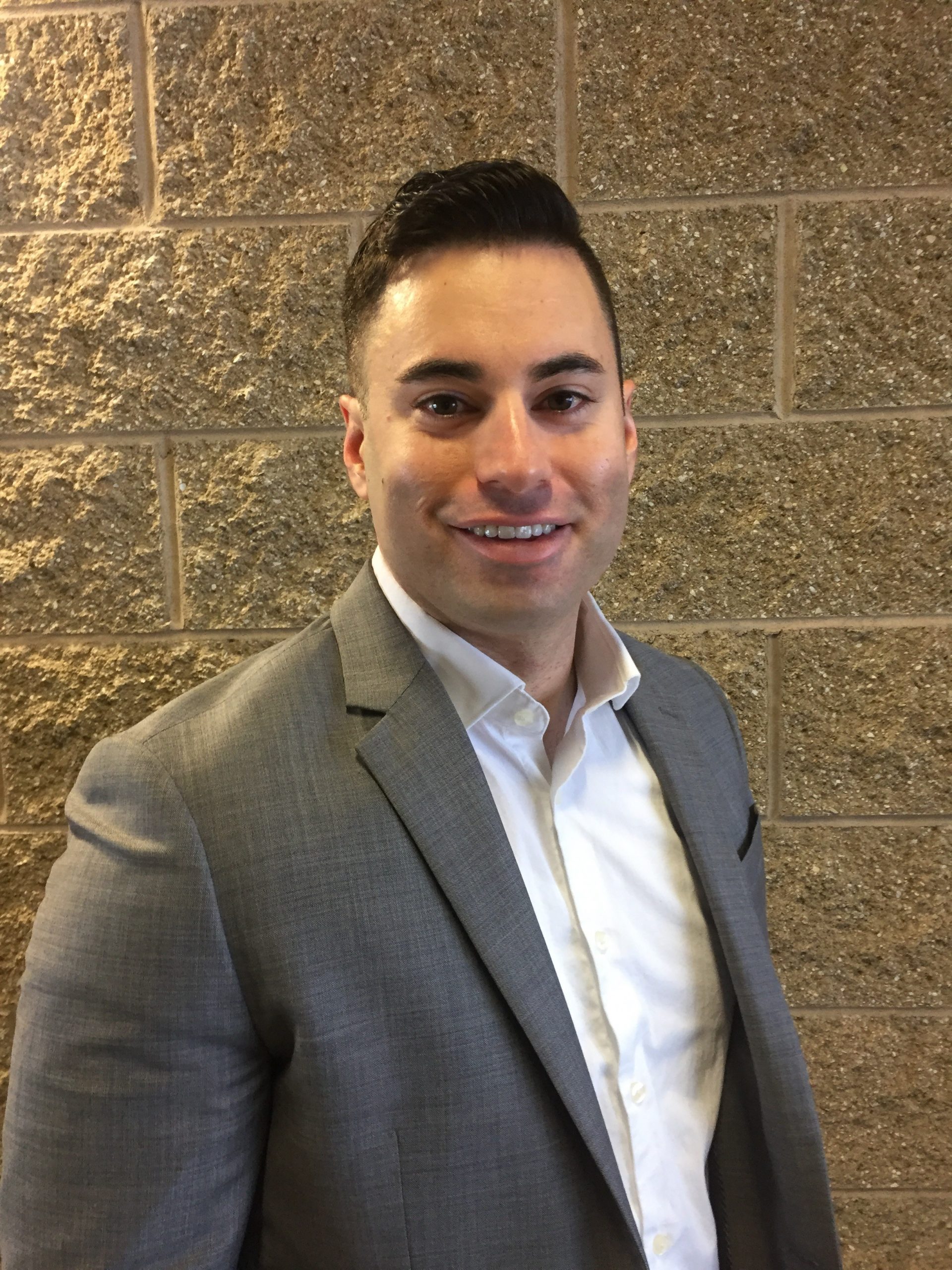Addiction treatment is an incredibly sensitive industry that deals with vulnerable people who are currently living some of the most difficult times of their lives. This means marketing addiction treatment must be done delicately or else it may exploit or alienate those who need their services the most.
In this case, you are not just promoting a product—you are offering hope, healing, and a path to recovery. All marketing campaigns must be ethical, human, and grounded in empathy.
One of the most overlooked channels for addiction treatment marketing is LinkedIn, which stands out as a powerful platform for treatment centers, counselors, and recovery advocates. When it comes to professional networking and authority-building in the digital space, nothing else comes close.
Here we will break down how addiction treatment professionals can use LinkedIn to build a trusted online reputation, connect with referral partners, attract high-quality inquiries, and share stories that inspire change. Let’s take a look at how to make LinkedIn your most valuable digital marketing channel for addiction treatment.
Why LinkedIn Matters for Addiction Treatment Marketing
Contrary to popular belief, LinkedIn isn’t just for job seekers or corporate executives anymore. It’s evolved into a platform for professional education, thought leadership, and meaningful conversation. And in an industry where trust is everything, LinkedIn can be the perfect channel for proving your credibility.
Families, doctors, employers, and case managers often use LinkedIn to vet treatment providers before making a referral or recommendation. That means your presence (or lack of it) directly influences your online reputation.
Here are a few reasons to consider using LinkedIn if you are in the addiction treatment space:
- Professional Referrals Happen Here: Many admissions directors and outreach coordinators build their networks on LinkedIn, connecting with therapists, hospital discharge planners, and interventionists who refer clients.
- It’s a Credibility Builder: A well-optimized company page and staff profiles signal legitimacy. People research your center online before reaching out.
- Organic Visibility is Still Possible: Unlike Facebook or Instagram, LinkedIn’s algorithm still rewards valuable, consistent content—not just paid ads.
- The Tone Fits the Mission: LinkedIn’s professional tone naturally aligns with the serious, confidential, and life-changing nature of addiction recovery.
With that out of the way, let’s take a look at the steps you can take to make the most out of your LinkedIn page.
Step 1: Build a Strong LinkedIn Foundation
It’s important to build a strong foundation on LinkedIn before you even attempt to create content or connect with potential referral partners. Think of this as your digital storefront: both your personal profile and your company page should communicate professionalism, trust, and credibility.
A solid foundation makes every future marketing effort more effective and positions your addiction treatment center as a respected authority in behavioral health. Here are some tips to get you started:
Optimize Your Personal Profile
Your personal LinkedIn profile is often the first touchpoint for professionals considering partnerships or referrals. Use a professional headshot and craft a clear headline that communicates your role and value.
Highlight your experience in behavioral health, certifications, and any success stories that reflect your commitment to recovery. Don’t forget to get your patients’ permission before sharing their personal stories on your page.
Optimize Your Company Page
Your company page should tell a cohesive story about your organization’s mission, programs, and outcomes. Use high-quality visuals and a concise description that emphasizes your core services. Don’t forget to add clear calls to action like “Contact Us” or “Learn More About Admissions”.
A well-optimized page improves your discoverability in LinkedIn search, allowing you to attract more referral partners, qualified staff, and even potential clients.
Step 2: Create Ethical, Empathetic Content
In addiction treatment marketing, the tone and intent behind your message matter as much as the message itself. The same applies for when you’re creating content for LinkedIn.
Your content should come from a place of empathy and responsibility—aimed at reducing stigma and building trust rather than just generating leads. As a marketer, education is one of your greatest tools for encouraging people to get started on their recovery journey. The more informed they are about the treatment process, the more empowered they can be when it comes to reclaiming their sobriety.
As a bonus, being able to educate your audience on addiction and treatment also builds trust by showing your knowledge and expertise on the subject matter. Ethical storytelling and well-informed guidance show that your organization understands both the science of recovery and the humanity behind it.
Educational Posts
Share informative posts that help people better understand addiction, recovery options, and the importance of early intervention. Use plain, compassionate language—avoid jargon that might alienate those seeking help.
You can highlight evidence-based approaches, explain what to expect in treatment, or discuss trends in behavioral health. These posts position your facility or team as credible advocates for education, not just promotion.
Stories and Testimonials (Shared with Permission)
Real stories from alumni or families—shared ethically and with full consent—can deeply resonate with your audience. Authentic testimonials remind readers that recovery is possible and that they’re not alone in their struggles. Just be sure to protect the privacy of your patients and avoid sensationalism. Instead, focus on messages of hope, progress, and personal growth.
Expert Insights
Your clinicians, counselors, and leadership team can share valuable perspectives on addiction and recovery. Posts such as “Ask the Therapist” Q&As, trend commentary, or myth-busting articles help humanize your experts while reinforcing your authority. These pieces demonstrate that your organization is staffed by professionals who genuinely care and are invested in helping others heal.
Video Content
Short videos can bring empathy to life in ways that text can struggle to achieve.
Consider using video content to explain treatment approaches, highlight facility culture, or share recovery milestones (again, always with permission). Even simple, unscripted videos featuring staff members discussing their roles or what motivates them to help others can make your brand feel approachable, trustworthy, and real.
Step 3: Grow Your Network Intentionally
LinkedIn is not about having thousands of connections—it’s about having the right ones.
Start by connecting with:
- Therapists, psychiatrists, and counselors
- Interventionists and case managers
- Hospital social workers and discharge planners
- Alumni coordinators and sober living operators
- Employers and HR professionals (for workplace wellness programs)
When sending connection requests, it helps to add a personalized note. This helps you stand out from the crowd, increasing your chances of actually making that connection instead of just being ignored. This small effort can increase your acceptance rate dramatically.
Once connected, engage genuinely. Comment thoughtfully on their posts, share relevant articles, and build relationships—not just leads.
Step 4: Engage With the Community
Professional marketers recommend using LinkedIn not as a billboard but more as a conversation. Here, engagement matters just as much as posting content. Unlike other social media platforms, you don’t just shout into the void hoping it connects with people. The focus of LinkedIn is building genuine relationships.
Once you’ve started sharing valuable content, the next step is to actively engage with others in the addiction treatment and behavioral health space. Here’s how to engage effectively:
Comment Strategically
Don’t just drop generic comments like “Great post!” Take the time to add insight or ask thoughtful questions that move the conversation forward. Commenting strategically on posts from treatment centers, healthcare professionals, and industry leaders shows that you understand the field and care about meaningful dialogue. Over time, these interactions make your name and organization more recognizable and respected.
Join Relevant Groups
LinkedIn groups focused on addiction recovery, mental health, and healthcare marketing are goldmines for connection. By joining and participating in these spaces, you can stay on top of emerging trends, exchange ideas with peers, and identify collaboration opportunities. The key is consistency: show up, contribute value, and position yourself as a resource rather than just another promoter.
Support Others’ Content
Engagement isn’t just about your voice; it’s about amplifying others.
When you share or react to posts from colleagues, treatment advocates, or partner organizations, you help build community and goodwill. This reciprocity often leads others to support your content in return, expanding your reach organically. Think of it as a digital version of professional networking—one where generosity pays off.
Step 5: Leverage Employee Advocacy
Your employees are some of your strongest brand ambassadors. Encourage staff members—especially therapists, counselors, alumni coordinators, and admissions professionals—to share your content on their personal LinkedIn profiles.
When people see authentic voices from within your organization, it humanizes your brand far more effectively than direct marketing ever could. A well-planned advocacy program can boost your reach organically while reinforcing your center’s expertise and compassion.
Provide staff with easy-to-share resources, like pre-written captions, branded visuals, and article links that align with your treatment center’s message. Don’t forget to recognize and celebrate employees who actively promote the mission online—it not only boosts morale but also strengthens your organization’s culture of connection and purpose.
Over time, these genuine, consistent contributions from your team can create a ripple effect that attracts potential clients, referral partners, and even future employees.
Step 6: LinkedIn Ads and Sponsored Content
LinkedIn’s paid options allow you to precisely target audiences based on profession, interests, and engagement behavior. This makes it an effective platform for promoting addiction treatment content.
Start with Sponsored Content campaigns that feature blog posts, testimonials, or event invitations rather than direct “admissions” messages. The goal is to provide value and raise awareness before expecting conversions.
Experiment with different ad formats: carousel posts, video ads, and lead gen forms. This will help you find what resonates most with your audience. A subtle, education-first approach not only improves ad performance but also protects your reputation.
Step 7: Measure and Refine
Successful LinkedIn marketing requires ongoing analysis. Monitor key performance indicators like post engagement, follower growth, ad conversion rates, and referral traffic to your website. Look for patterns in what content sparks the most conversations or drives inquiries. This insight helps you understand what resonates with both potential clients and professional audiences.
Set clear goals for each campaign and measure your progress regularly to ensure your resources are being used effectively.
You can also use data to refine your content strategy. If long-form posts are underperforming, try breaking them into quick, digestible updates. If certain employee posts gain high engagement, consider amplifying them with paid boosts.
Consistent evaluation and adjustment keep your marketing aligned with evolving audience behavior and industry trends. This disciplined, data-driven approach will ensure your LinkedIn presence remains relevant, credible, and impactful.
Work with MasterMindSEO
Addiction treatment marketing on LinkedIn isn’t the same as other social networking platforms. It’s not about algorithms or vanity metrics—it’s about building trust and connection. That’s what makes it tricky to use.
Here, every post, comment, or message is an opportunity to remind people that recovery is possible. When in doubt, work with the professionals. Digital marketing experts who specialize in addiction treatment can help you navigate the complexities of marketing in this niche.
MasterMindSEO has experience in performing digital marketing campaigns for e-commerce, national, regional and local businesses. Email or call and we will be happy to see how we can help your center get more leads and help more patients!
Ready to take your addiction treatment SEO to the next level? Want to rank your detox center on Google Maps? Let MasterMindSEO help you.


